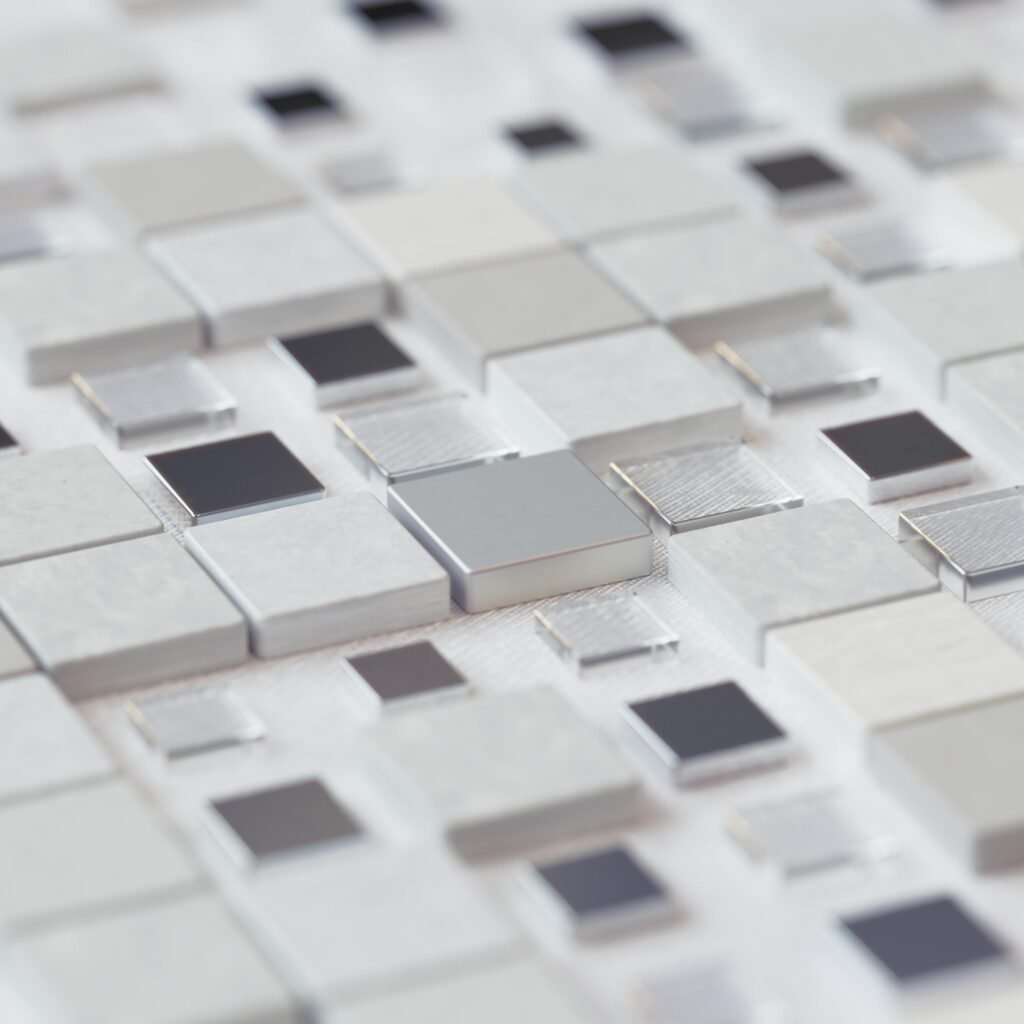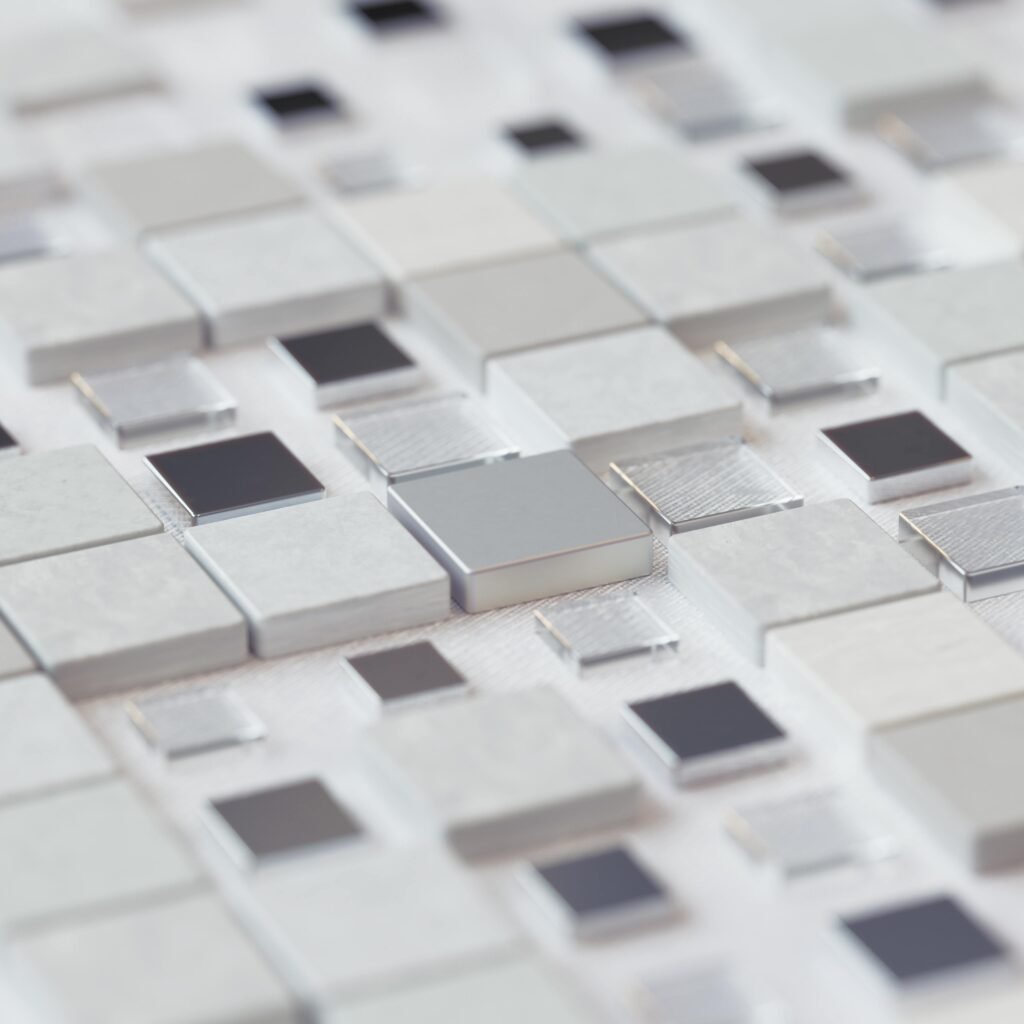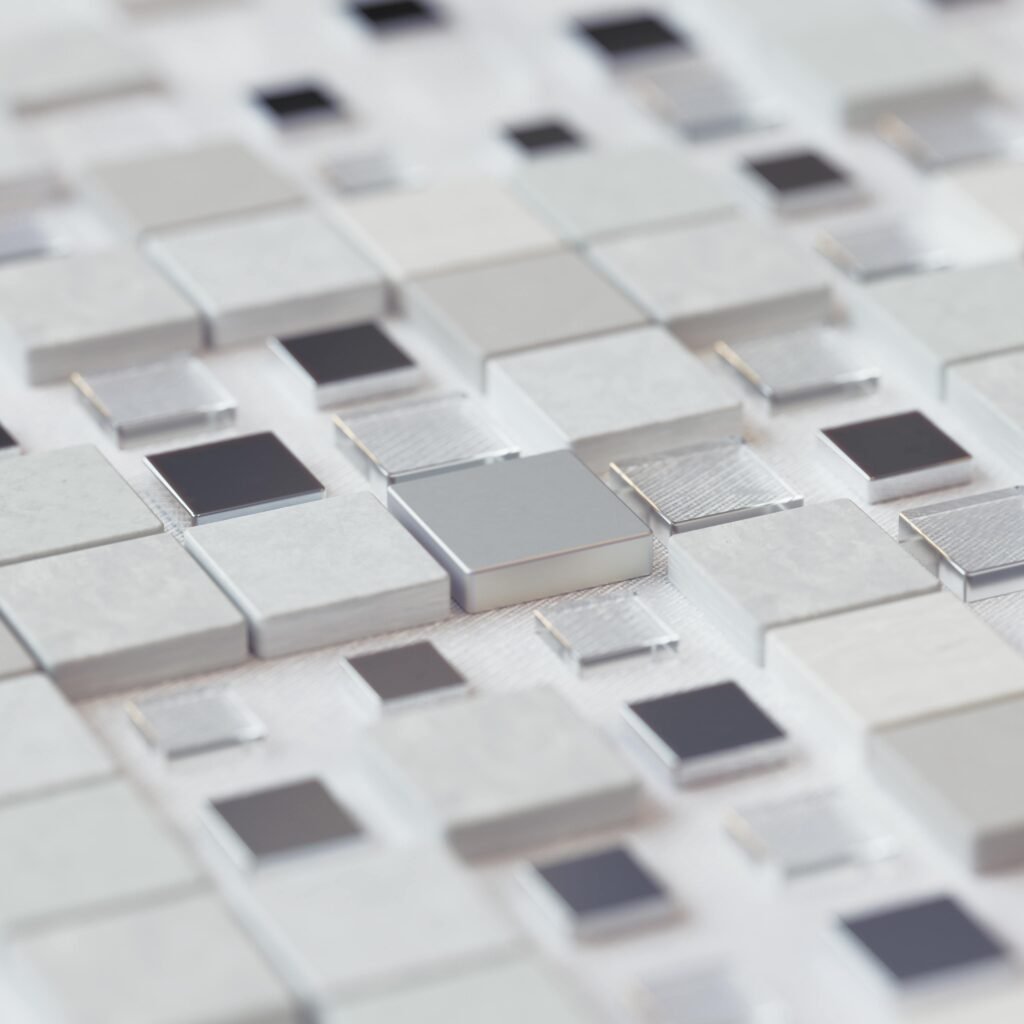Sora 2: The AI Video Revolution Is Here
The world of content creation is changing faster than ever, and leading the charge is OpenAI with its revolutionary AI video generator, Sora. Just when we thought we had a handle on AI image generation, Sora bursts onto the scene, promising photorealistic videos from text prompts. Is this the end of traditional filmmaking? Not quite, but it’s definitely a seismic shift. And now, with rumors swirling about Sora 2, the excitement is palpable. This article delves into the capabilities of Sora, explores what we might expect from a potential Sora 2, and discusses the implications for content creators, businesses, and society as a whole.
We’ll cover everything from how Sora works under the hood to its potential impact on various industries. We’ll also address the ethical considerations and the challenges that come with such powerful technology. Get ready to explore the future of video creation!
Understanding Sora: Text-to-Video Magic
Sora is more than just a fancy algorithm; it’s a testament to the rapid advancements in AI. At its core, Sora is a diffusion model, a type of neural network that learns to create images (and now videos) by gradually adding noise to the training data and then learning to reverse the process. This allows it to generate entirely new content based on textual descriptions, or prompts.
How Sora Works: From Prompt to Moving Picture
Here’s a breakdown of how Sora transforms text into video:
- Text Input: You provide a detailed textual description of the scene you want to create. This can include characters, actions, settings, and even specific camera angles.
- Interpretation: Sora analyzes your prompt, understanding the relationships between different elements and the overall context.
- Video Generation: Based on its training data and the interpreted prompt, Sora generates a video that visually represents your description.
- Refinement: The generated video can be further refined through additional prompts or parameters, allowing for iterative adjustments and improvements.
Sora’s ability to understand complex prompts and generate coherent, realistic videos is truly remarkable. However, it’s important to remember that it’s still a work in progress.
Sora’s Capabilities and Limitations
Sora has demonstrated the ability to generate videos with:
- Highly detailed and realistic visuals.
- Complex camera movements and perspectives.
- Multiple characters and objects interacting in a scene.
- Consistent style and tone throughout the video.
Despite its impressive capabilities, Sora does have limitations. It sometimes struggles with:
- Accurately simulating the physics of complex scenes.
- Maintaining perfect consistency across long videos.
- Understanding nuanced prompts or abstract concepts.
OpenAI acknowledges these limitations and is actively working to improve Sora’s performance. It’s crucial to understand these limitations when using Sora and to manage expectations accordingly.
Sora 2: What to Expect from the Next Generation
While details about Sora 2 are scarce, the anticipation is high. Based on the rapid pace of AI development and OpenAI’s track record, we can speculate on some potential improvements and new features:
Potential Enhancements in Sora 2
- Improved Realism and Detail: Expect even more photorealistic visuals, with finer details and more accurate simulations of physics and textures.
- Longer Video Lengths: One of the biggest limitations of current AI video generators is the short video length. Sora 2 could potentially generate significantly longer videos, making it more suitable for storytelling and other applications.
- Enhanced Control and Customization: Users may have more granular control over the video generation process, with the ability to adjust specific parameters like lighting, camera angles, and character expressions.
- Improved Understanding of Prompts: Sora 2 could be better at understanding complex and nuanced prompts, leading to more accurate and creative video generation.
- Integration with Other AI Tools: OpenAI could integrate Sora 2 with other AI tools, such as image editing software or audio generation tools, creating a more comprehensive content creation ecosystem.
These are just speculations, but they give us a glimpse into the potential future of AI video generation. The possibilities are truly exciting.
Sora 2 and the Elon Musk Factor: A Year of Covering AI
The development of AI video generators like Sora also occurs within a broader context of AI ethics and competition. As we’ve covered extensively over the past year, including Elon Musk’s views on AI safety and his own AI initiatives, the responsible development and deployment of these technologies is paramount. Check out our previous articles on AI ethics and Elon Musk’s perspective for more context.
The Impact of AI Video Generation on Industries
Sora and similar AI video generators have the potential to disrupt numerous industries, including:
Revolutionizing Content Creation
The most obvious impact is on the content creation industry. AI video generators could democratize video production, allowing anyone to create high-quality videos without expensive equipment or specialized skills. This could lead to a surge in user-generated content and new forms of visual storytelling.
To truly leverage AI for content creation, it’s essential to understand how to effectively integrate these tools into your existing workflow. For more insights on content strategy, see our guide on content marketing tips.
Transforming Marketing and Advertising
Businesses could use AI video generators to create engaging marketing videos, product demos, and social media content at a fraction of the cost of traditional video production. This could be particularly beneficial for small businesses and startups with limited budgets.
Education and Training
AI video generators could be used to create interactive educational videos, training simulations, and virtual reality experiences. This could make learning more engaging and accessible for students of all ages.
Entertainment and Gaming
AI video generators could be used to create new forms of entertainment, such as personalized movies, interactive games, and virtual reality experiences. This could revolutionize the way we consume and interact with media.
Ethical Considerations and Challenges
As with any powerful technology, AI video generation raises important ethical considerations and challenges:
Misinformation and Deepfakes
The ability to create realistic videos from text prompts could be used to generate misinformation and deepfakes. This could have serious consequences for individuals, organizations, and society as a whole.
Job Displacement
AI video generators could automate some of the tasks currently performed by video editors, animators, and other content creators. This could lead to job displacement in these industries.
Bias and Discrimination
AI video generators are trained on large datasets of images and videos, which may contain biases and stereotypes. This could lead to the generation of videos that perpetuate these biases and stereotypes.
It’s crucial to address these ethical considerations and challenges as AI video generation technology continues to develop. OpenAI and other companies are working to develop safeguards and ethical guidelines to mitigate these risks.
Conclusion: The Future of Video is Here
Sora and the rise of AI video generators represent a significant leap forward in content creation. While challenges and ethical considerations remain, the potential benefits are immense. From democratizing video production to revolutionizing marketing and education, AI video generation is poised to transform the way we create, consume, and interact with visual content.
As we eagerly await the arrival of Sora 2, it’s important to stay informed about the latest developments and to engage in thoughtful discussions about the ethical implications of this technology. To learn more about how AI is impacting various aspects of business and technology, explore our articles on digital transformation. Are you ready to embrace the future of video? What are your thoughts on Sora and its potential impact? Share your comments below!









